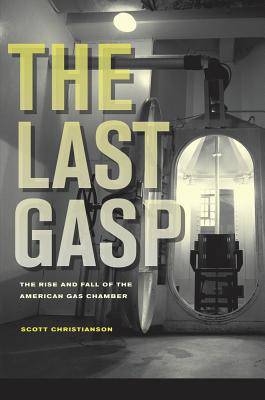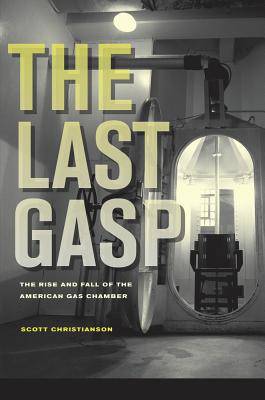
- Afhalen na 1 uur in een winkel met voorraad
- Gratis thuislevering in België vanaf € 30
- Ruim aanbod met 7 miljoen producten
- Afhalen na 1 uur in een winkel met voorraad
- Gratis thuislevering in België vanaf € 30
- Ruim aanbod met 7 miljoen producten
Zoeken
€ 106,95
+ 213 punten
Omschrijving
The Last Gasp takes us to the dark side of human history in the first full chronicle of the gas chamber in the United States. In page-turning detail, award-winning writer Scott Christianson tells a dreadful story that is full of surprising and provocative new findings. First constructed in Nevada in 1924, the gas chamber, a method of killing sealed off and removed from the sight and hearing of witnesses, was originally touted as a "humane" method of execution. Delving into science, war, industry, medicine, law, and politics, Christianson overturns this mythology for good. He exposes the sinister links between corporations looking for profit, the military, and the first uses of the gas chamber after World War I. He explores little-known connections between the gas chamber and the eugenics movement. Perhaps most controversially, he has unearthed new evidence about American and German collaboration in the production and lethal use of hydrogen cyanide and about Hitler's adoption of gas chamber technology developed in the United States. More than a book about the death penalty, this compelling history ultimately reveals much about America's values and power structures in the twentieth century.
Specificaties
Betrokkenen
- Auteur(s):
- Uitgeverij:
Inhoud
- Aantal bladzijden:
- 344
- Taal:
- Engels
Eigenschappen
- Productcode (EAN):
- 9780520255623
- Verschijningsdatum:
- 12/07/2010
- Uitvoering:
- Hardcover
- Formaat:
- Genaaid
- Afmetingen:
- 160 mm x 234 mm
- Gewicht:
- 607 g

Alleen bij Standaard Boekhandel
+ 213 punten op je klantenkaart van Standaard Boekhandel
Beoordelingen
We publiceren alleen reviews die voldoen aan de voorwaarden voor reviews. Bekijk onze voorwaarden voor reviews.











